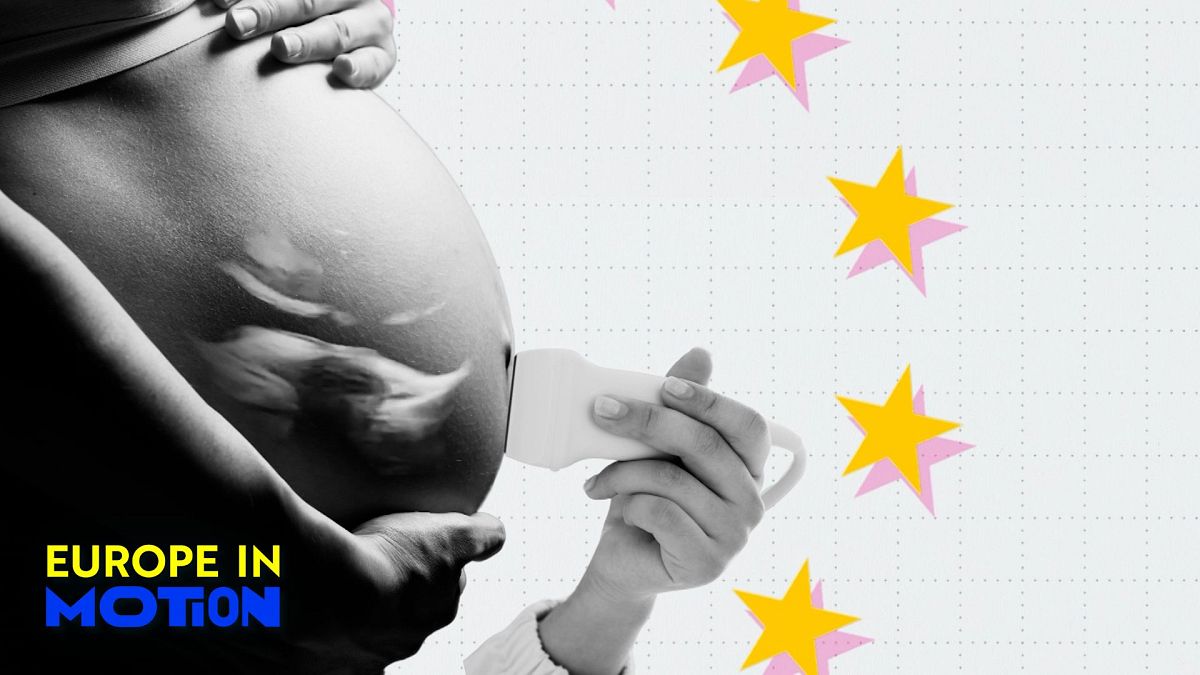Europe
How are fertility treatments handled around the EU?

The State of Public Funding for IVF Treatment in the EU: A Comprehensive Overview
Introduction to IVF Funding Across the EU
In a significant shift in policy, Poland has reinstated public funding for In Vitro Fertilisation (IVF) treatments, making it the last EU member state to join others in supporting this crucial fertility treatment. This reversal marks an important milestone for infertility care in Europe, ensuring that all 27 EU countries now provide some form of public funding for IVF. However, the extent and conditions of this support vary significantly from country to country. This variation highlights the diverse approaches EU member states take in addressing infertility, a condition affecting 25 million EU citizens. The policy change in Poland, following President Andrzej Duda’s signing of the bill, not only aligns the country with EU standards but also underscores the growing recognition of IVF as a vital medical treatment rather than a luxury.
Variation in Funding and Waiting Times Across EU Countries
While all EU countries now offer public funding for IVF, the level of support and accessibility vary widely. According to the European Atlas of Fertility Treatment Policies 2024, only five EU countries—Austria, Denmark, Estonia, France, and Slovenia—provide full public funding for up to six IVF treatments. Beyond six treatments, partial reimbursement or payment is available in only a few countries, including Austria, Denmark, Estonia, and France. This disparity in funding can significantly impact the accessibility and affordability of IVF treatments for couples and individuals across the EU.
In addition to funding differences, waiting times for fertility treatments also vary. Fifteen EU countries have no waiting lists, ensuring immediate access to fertility treatments. However, in the remaining twelve countries, waiting times can range from six months to a year. Denmark, Finland, France, Italy, Malta, Romania, Slovakia, and Sweden are among the countries with waiting lists lasting between six and 12 months. These delays can be particularly challenging for individuals and couples who are already facing the emotional and financial burdens of infertility.
The cost of IVF treatments in Europe also plays a crucial role in accessibility. The average cost of a single IVF cycle in Europe is between €4,000 and €5,000, according to the European Society of Human Reproduction and Embryology (ESHRE). While public funding helps alleviate some of these costs, out-of-pocket expenses remain a significant barrier for many individuals and couples. The financial burden is further exacerbated by the fact that many countries limit the number of publicly funded IVF cycles, leaving patients to cover the costs of additional treatments themselves.
Access Criteria for Fertility Treatments: A Closer Look
Access to IVF treatments in the EU is also influenced by various eligibility criteria, which differ significantly from one country to another. Heterosexual couples generally face fewer barriers to accessing fertility treatments, with all EU countries allowing them to use their own gametes or donated sperm. However, the use of donated eggs is restricted in some countries. Germany and Luxembourg, for instance, do not permit heterosexual couples to access IVF with donated eggs, adding an extra layer of complexity for couples requiring egg donation.
For same-sex couples, access to fertility treatments is even more limited. Gay couples are generally denied access to fertility treatments in most EU countries, with Belgium, the Netherlands, and Romania being the only exceptions. Lesbian couples face their own unique challenges, as access to fertility treatments with donated sperm is permitted in 15 EU countries, while treatments with donated eggs are allowed in 13 countries. These disparities highlight the ongoing inequalities in access to fertility treatments for LGBTQ+ individuals across the EU.
Single women also face significant barriers to accessing fertility treatments. In countries such as Austria, the Czech Republic, Italy, Lithuania, Poland, Slovakia, and Slovenia, single women are denied access to IVF with sperm donation. In Croatia, access to fertility treatments is contingent upon a specific medical diagnosis, further complicating the landscape for single individuals seeking to conceive.
Challenges Faced by Same-Sex Couples and Single Individuals
The challenges faced by same-sex couples and single individuals in accessing fertility treatments are multifaceted. Lesbian couples, in particular, often encounter significant hurdles when seeking to conceive. Publicly funded IVF treatments are typically restricted to women who have medical conditions such as irreparably damaged or blocked fallopian tubes, endometriosis, or polycystic ovary syndrome (PCOS). These conditions often take years to diagnose, further delaying access to fertility treatments. This restrictive eligibility criteria can be particularly frustrating for same-sex couples who may not require a medical diagnosis to conceive but still face systemic barriers to accessing fertility treatments.
The experiences of same-sex couples and single individuals underscore the broader societal and institutional challenges faced by marginalized groups in accessing fertility treatments. As Christina Fadler, a board member of Fertility Europe, aptly stated, "IVF may seem like a trend for many, following the motto: ‘career first, then children,’ but for many couples, assisted reproduction is the only way to have a desired child, regardless of age and life plans." This sentiment rings particularly true for same-sex couples and single individuals who often find themselves navigating a complex and exclusionary system.
The limited access to fertility treatments for same-sex couples and single individuals also raises important questions about reproductive rights and equality. While hetero
-

 Australia13 hours ago
Australia13 hours agoCyclone Zelia WA category 5 storm to hit Pilbara region near Karratha and Port Hedland
-

 Canada19 hours ago
Canada19 hours agoWork underway to twin Calgary feeder main that caused water crisis
-

 Money3 days ago
Money3 days agoConsumer Financial Protection Bureau Adds Error Message To Home Page
-

 Money3 days ago
Money3 days agoWinning Content Strategies For Wealth Managers
-

 Australia1 day ago
Australia1 day agoTropical Cyclone Zelia intensifies to category 2 storm
-

 Asia1 day ago
Asia1 day agoWhat you need to know about 2024 YR4, the asteroid that could hit Earth in about eight years’ time
-

 Entertainment1 day ago
Entertainment1 day agoPrince Harry and Meghan Markle’s Best Moments and Photos From the 2025 Invictus Games
-

 Australia22 hours ago
Australia22 hours agoTropical Cyclone Zelia intensifies to category five system off Pilbara coast
















